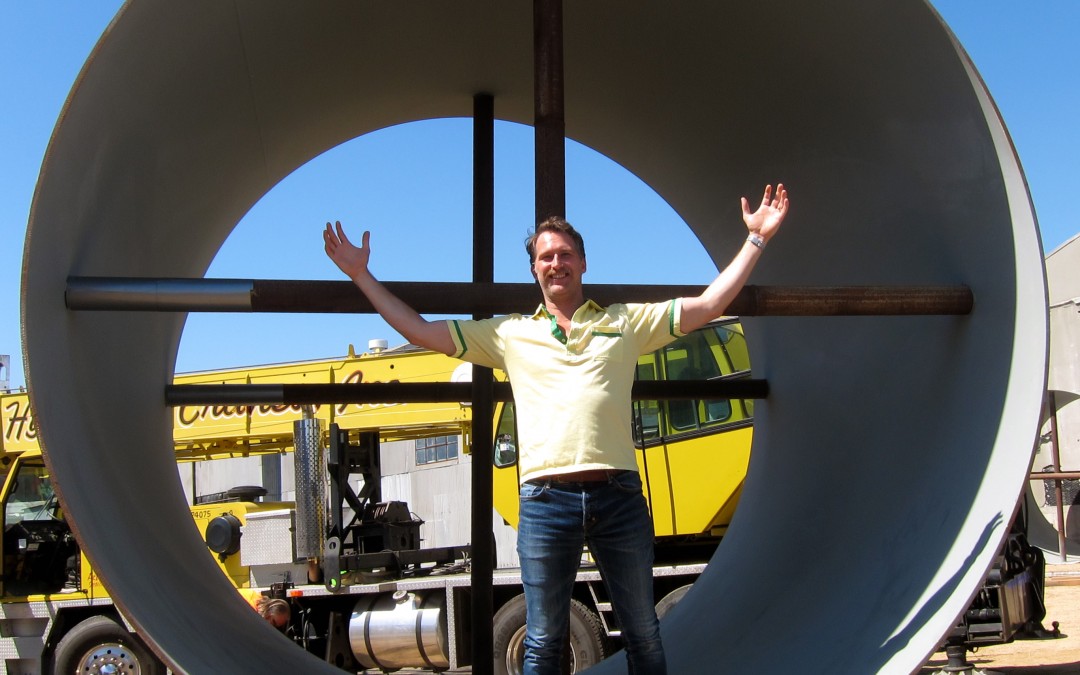By Alison van Diggelen, host of Fresh Dialogues
Ever since Elon Musk released a white paper outlining the sci-fi Hyperloop, excitement among the tech community has been immense. This futurist ultra-high speed form of transport has inspired hundreds of university teams and two fiercely competitive LA companies: Hyperloop Technologies, and Hyperloop Transportation Technologies (HTT). I went to LA to find out what progress has been made.
HTT’s CEO, Dirk Ahlborn wasn’t ready to open the doors to the HTT studio to reveal the sights and sounds of progress. He and his small team were only available for phone interviews. One of his crew told me that all I could record, anyway, was the sound of fingers on keyboards at this point. A crowdsourcing experiment harnessing a reported 400 part-time global contributors, the HTT effort has produced some fancy looking Hyperloop station and capsule scale models, but the hard engineering appears to be happening only at Hyperloop Technologies. It was there I arrived September 16th with my trusty audio recorder to capture the sound of the Hyperloop potentially becoming a reality.
Here’s my latest assignment for the BBC World Service. Listen to the BBC podcast (Hyperloop starts at 14:00) and find out more here. The report is due to air this evening on BBC Business Matters 6pm PST (1 am GMT, Friday Oct 30th)
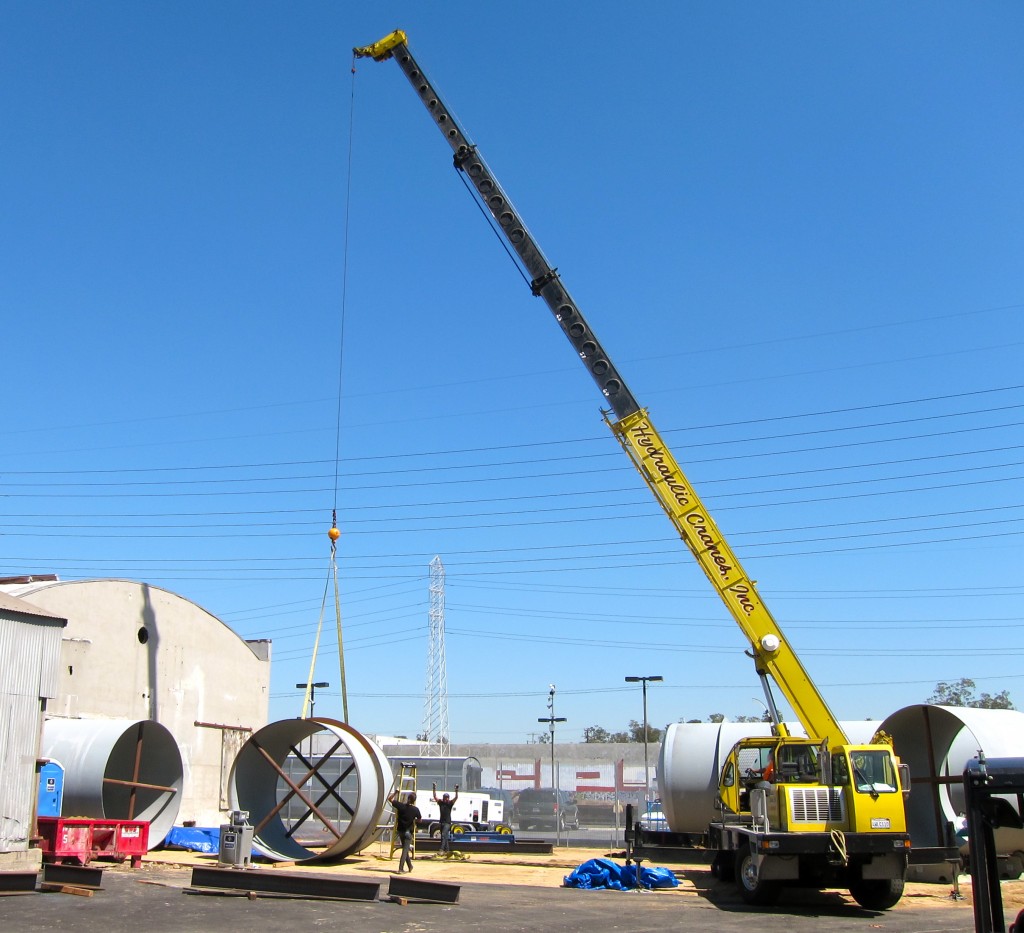 I’m at the Hyperloop Technologies Headquarters in downtown LA to find out if this sci-fi project is for real. In 2013 Tesla’s Elon Musk published a white paper, describing what he called a “5th Mode of Transport.” He describes it like:
I’m at the Hyperloop Technologies Headquarters in downtown LA to find out if this sci-fi project is for real. In 2013 Tesla’s Elon Musk published a white paper, describing what he called a “5th Mode of Transport.” He describes it like:
“A cross between a concorde and a railgun and an air hockey table.” Elon Musk
A “hyperloop” comprises passenger or freight pods that are shot down a near-vacuum tube from one city to another, at over 700mph.
The prospect of traveling on land between SF and LA in 30 minutes has some people salivating, and skeptics shaking their heads in disbelief.
Hyperloop Technologies’ CTO, Brogan BamBrogan explains:
“Elon absolutely inspired us…his fingerprints are all over this. The system architecture that Elon came up with is what inspired this whole team to get together and go after this bold project.” BamBrogan
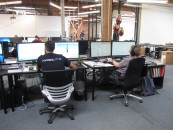 BamBrogan and his cofounder, Shervin Pishevar, have assembled over $10M in funding, and a 50-strong team of expert engineers. They’re creating what they call an “energy elegant” transport solution, with a potential freight market of 150 Trillion dollars over the next 20 years.
BamBrogan and his cofounder, Shervin Pishevar, have assembled over $10M in funding, and a 50-strong team of expert engineers. They’re creating what they call an “energy elegant” transport solution, with a potential freight market of 150 Trillion dollars over the next 20 years.
Here’s venture capitalist, Pishevar:
“The idea itself can have a deeply transformative effect on our planet, and on our lives. It brings the world closer together. Think about the impact of the Wright Brothers’ invention of flight, and their Kitty Hawk moment, what a pivotal moment that was.” Pishevar
Hyperbole for the Hyperloop? Maybe. But like Elon Musk, Pishevar has a record of proving naysayers wrong.
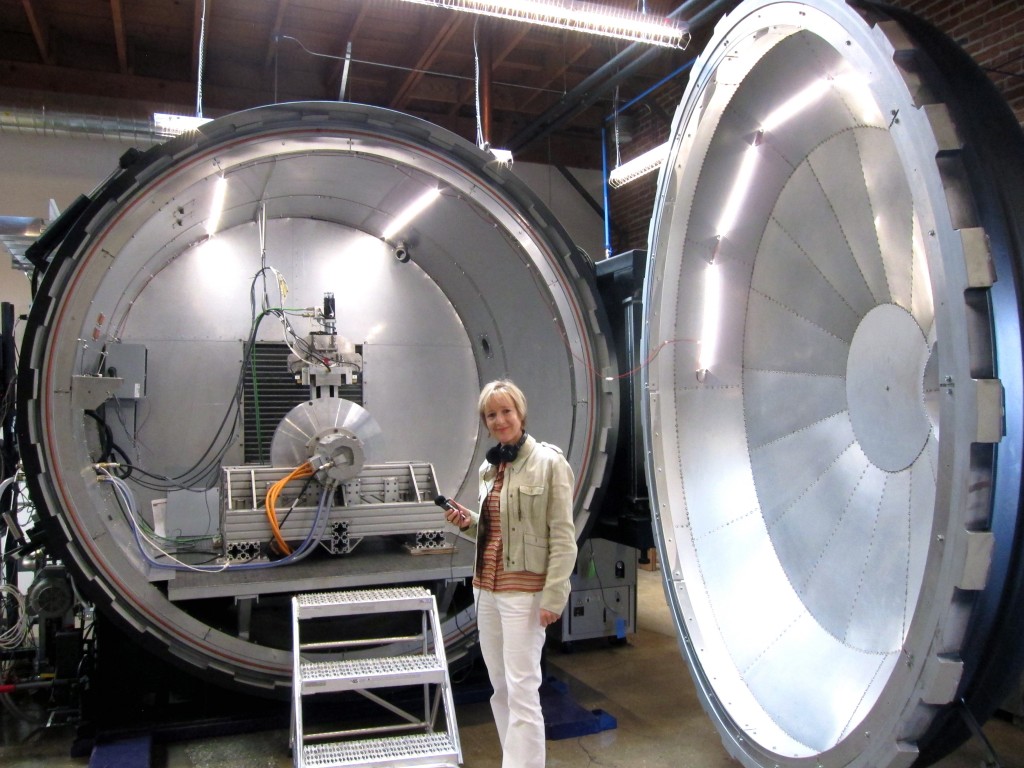 Hyperloop’s test engineer Cassandra Mercury explains:
Hyperloop’s test engineer Cassandra Mercury explains:
Ambi – atmos of air whooshing, rotor spinning.
Cassandra Mercury: We have this rotor moving….running at 10,000 rpm, it’s a linear speed of about 750 miles an hour. We’re testing the levitation possibilities at the speed we’d be using on the actual hyperloop.
van Diggelen: Elon Musk described it as like an air hockey table. Is that accurate?
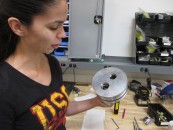 Mercury: That’s a really good analogy. It’s just some air and a light gap between the air bearing and the track.
Mercury: That’s a really good analogy. It’s just some air and a light gap between the air bearing and the track.
van Diggelen: So the idea is: the pods of people and freight will levitate like a puck on an air hockey table?
Mercury: Exactly!
The team is targeting global freight as well as passenger transport. Numerous opportunities exist to connect high-traffic city pairs like LA and SF, that are less than 900 miles apart.
Here’s Hyperloop Technologies’ Director of Operations, Erin Kearns:
“We definitely see the benefits of transporting cargo…ports being too small…ships are sitting offshore 5 miles…we want to streamline the process, make it a lot more elegant, a lot cleaner for the environment.” Erin Kearns
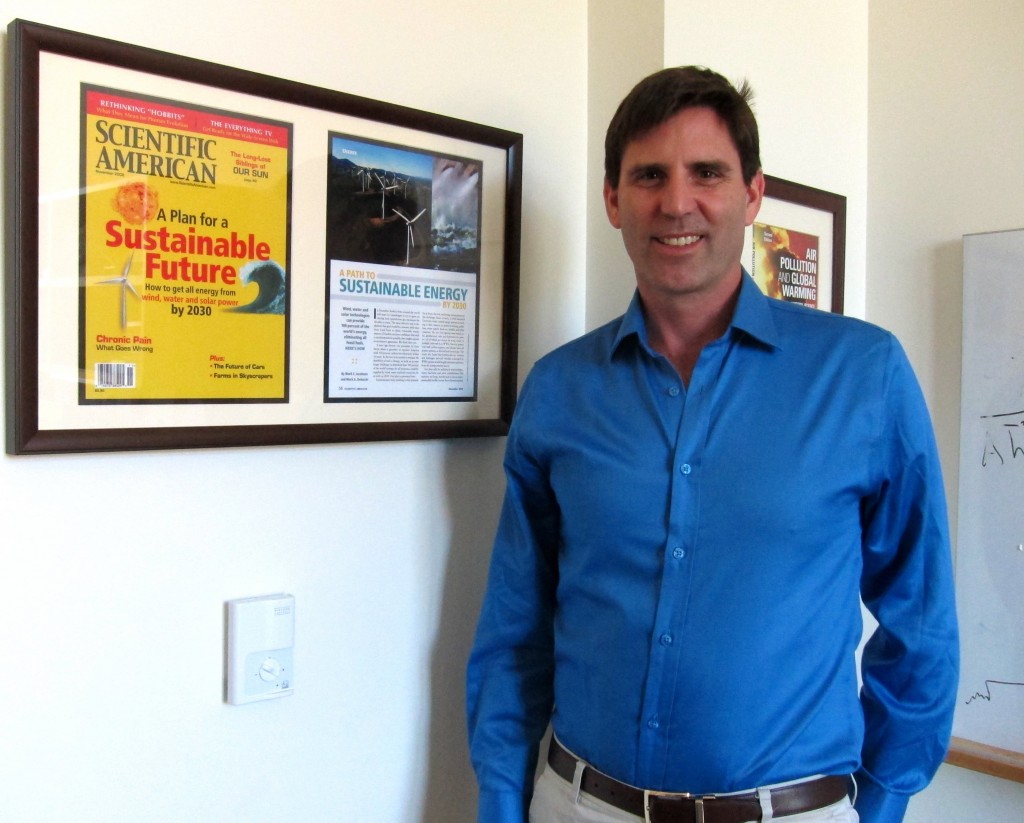 I ask Mark Jacobson: what could derail the Hyperloop? He’s a professor of civil and environmental engineering at Stanford University.
I ask Mark Jacobson: what could derail the Hyperloop? He’s a professor of civil and environmental engineering at Stanford University.
He starts with comparisons to California’s High Speed Rail project, which has already broken ground…
Jacobson: I’m sure the Hyperloop is much more expensive… Like any large construction project, issues of zoning, trying to get rights of way… There’s always going to be a political fight for trying to site something like this…
And then he lists the technical challenges…heat build up, leakage from the vacuum tube, keeping a uniform distance between the pods and the tube.
“You’re gliding along at 700 mph and hit the bottom of the tube…I wouldn’t want to be the first person to ride in the train!” Jacobson
BamBrogan has this response to naysayers:
Brogan: I say: Wait a year, we’ll have a working prototype.
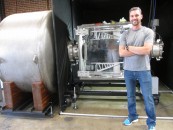 I ask him how they’re going to avoid the political nightmares that’ve slowed California’s high speed rail. Brogan smiles and says they’ll route their LA to SF hyperloop in the ocean.
I ask him how they’re going to avoid the political nightmares that’ve slowed California’s high speed rail. Brogan smiles and says they’ll route their LA to SF hyperloop in the ocean.
BamBrogan is channeling Elon Musk in driving his Hyperloop team forward and he’s bullish about securing $80M more in venture capital, and overseas commercial contracts very soon.
“The team is trying to operate on a timescale that is of Elon Musk ilk…By 2017/18, we’ll have shovels in the ground in a couple of locations,” BamBrogan
Meanwhile, rival company Hyperloop Transportation Technologies (or HTT) boasts it will start work on a 5-mile demo track in California next year. Despite partnerships with UCLA and key industry partners; this rival team of 400 –mostly part timers – is not yet funded.
Back with BamBrogan’s team, they’re hiring aggressively.
“We’re aiming for the end of 2016 to have our Kitty Hawk moment: a full scale, full speed system that’s operating,” Bambrogan
Coming soon at Fresh Dialogues: an interview with HTT’s Dirk Ahlborn. Why does he insist that crowdsourcing the Hyperloop is the better approach?

